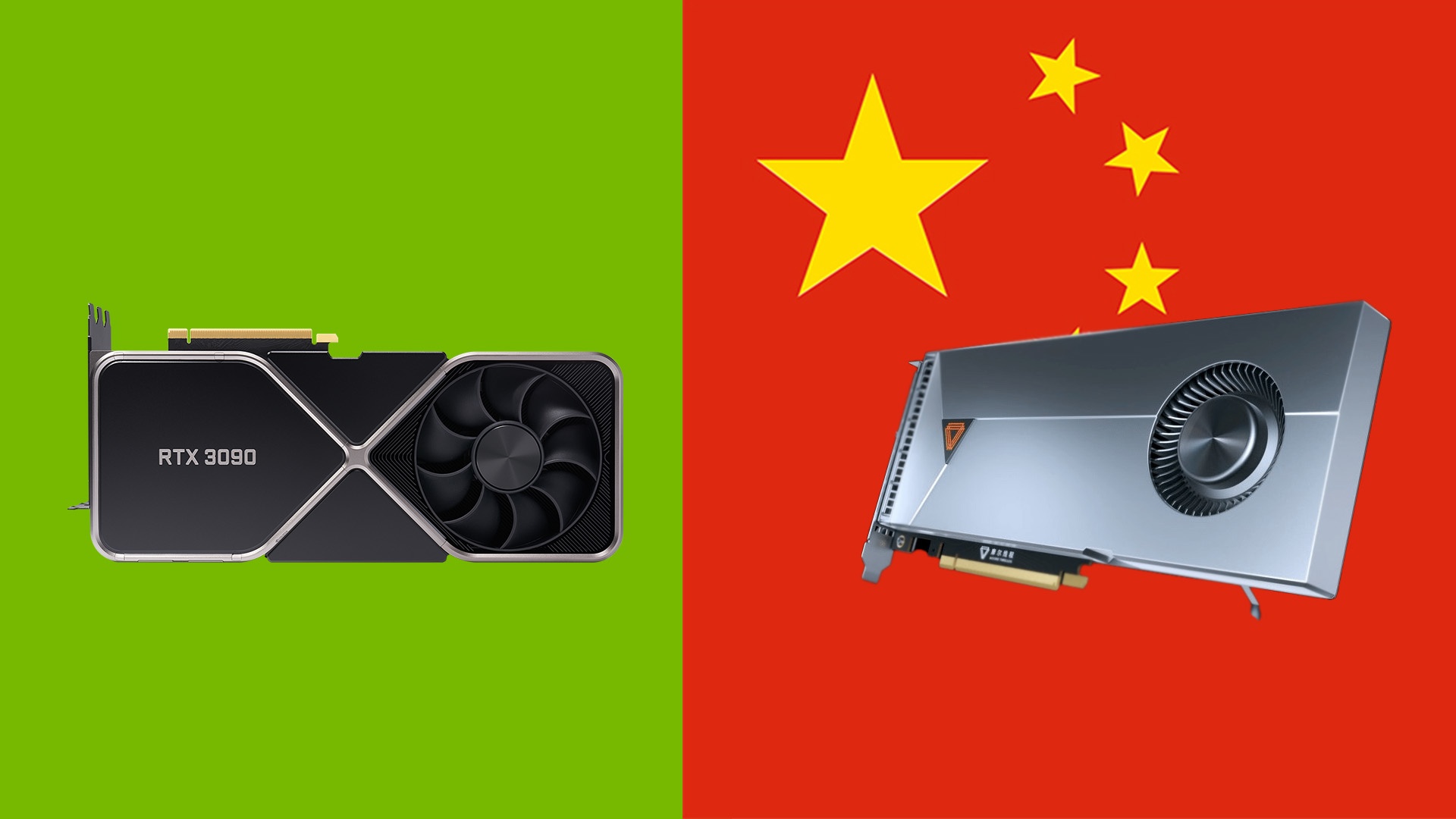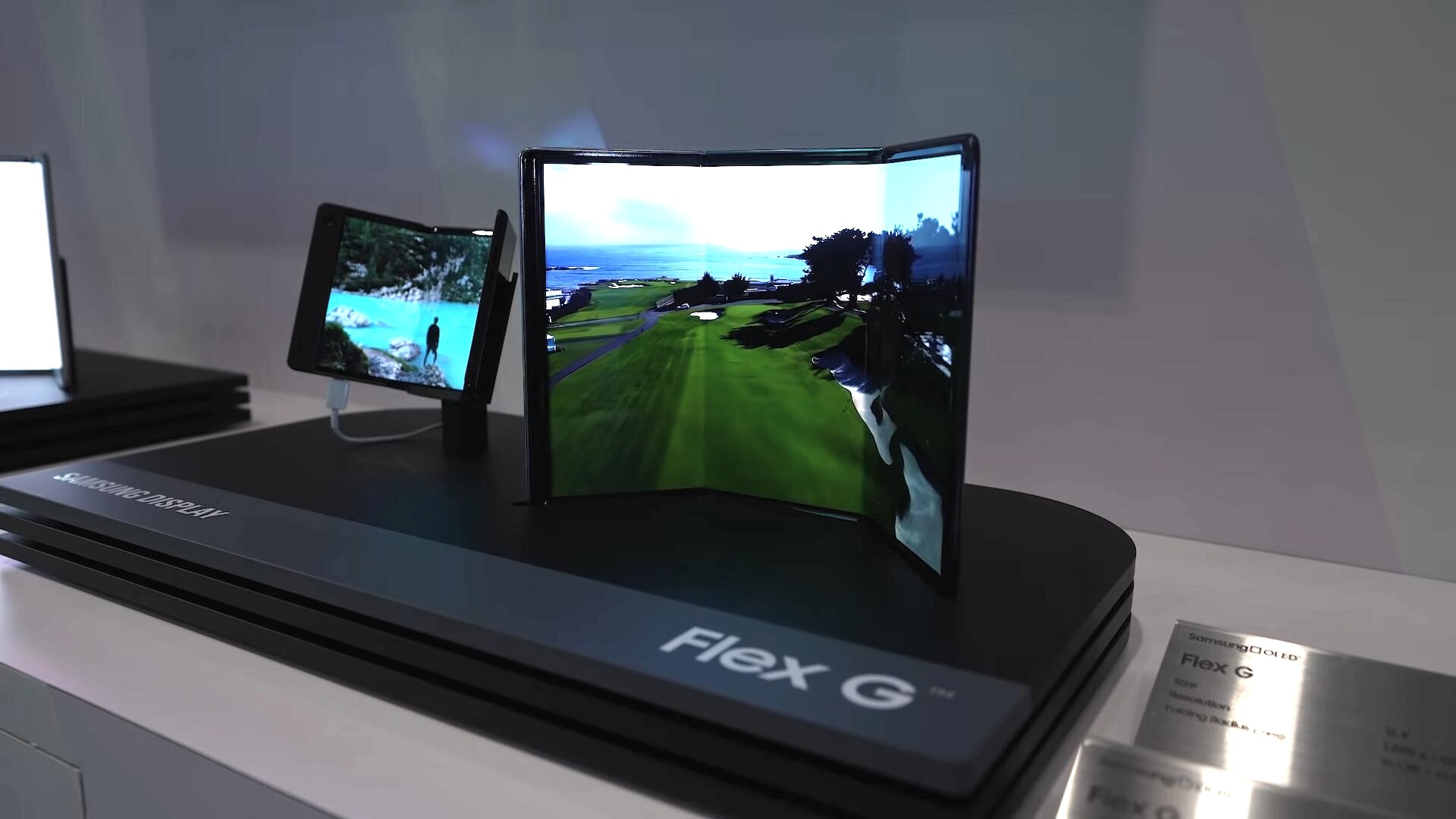A Chinese start-up would like to bring its own graphics cards onto the market and take market share from manufacturers such as Nvidia.
The Chinese start-up Moore Threads presented the first graphics cards from its own production yesterday. Accordingly, the company wants to bring a graphics card for desktops on the market, with which you can play and render, and a card for use in servers.
This is reported by the Chinese magazine IT Home (via ComputerBase). Accordingly, the GPUs are based on their own architecture, called MUSA. According to the product page of the MTT S60 graphics card stands for Moore Threads Unified System Architecture
. The MTT S60 is the desktop version, while the server card is called the MTT S2000.
That’s how fast the new graphics cards from China are
Moore Threads also revealed some details about the two graphics cards, which at least allow a rough assessment of the performance. Of course, you should not expect miracles from the first cards of a start-up. The specifications are as follows:
| MTT S60 (Desktop) | MTT S2000 (Server) |
|---|---|
| 2,048 shader units | 4,096 shader units |
| 8 Gbyte LPGDDR4X RAM | 32 GByte LPDRR4X RAM |
| 6 TFLOPS computing power (FP32) | 12 TFLOPS computing power (FP32) |
| 12nm manufacturing process | 12nm manufacturing process |
The consumer card is said to have a raw processing power of 6 TFLOPS, which on paper roughly corresponds to a GeForce GTX 1070 from 2016. However, the computing power based on teraflop specifications across different architectures is not directly comparable. It can only point in a rough direction.
The RX Vega 64, for example, clocks in at 12.6 TFLOPS, while the GTX 1080 clocks in at just 8.8 TFLOPS. In games, however, both graphics cards show a similar performance. On the product page of the desktop graphics card from China there is more information about its possible performance. Here the graphics card is touted as follows (machine-translated):
In the world famous e-sports game “League of Legends”, MTT S60 can offer gamers stable and excellent performance at 1080p resolution and the highest image quality setting. At the same time, the MTT S60 can bring a smooth operating experience to fans of popular games such as Counter-Strike: Global Offensive and Dota 2 on the Linux platform.
Accordingly, the card is probably not designed to run current AAA titles with full details, but rather specializes in e-sports titles that require less computing power.
Last year there were test models from another Chinese manufacturer with the so-called JM9 chip. You can find everything about it in our report here:
Chinese graphics cards
Development of own GPUs clears important hurdle
Meanwhile, the world’s largest graphics card manufacturer Nvidia is currently developing its next generation GPUs, the RTX 4000 series. You can find the most important information about this in the following articles:
Do you think graphics cards from China can become real competition for Nvidia and Co. sooner or later? And could Moore Threads already steal the customers from the established top dogs? Please let us know!










